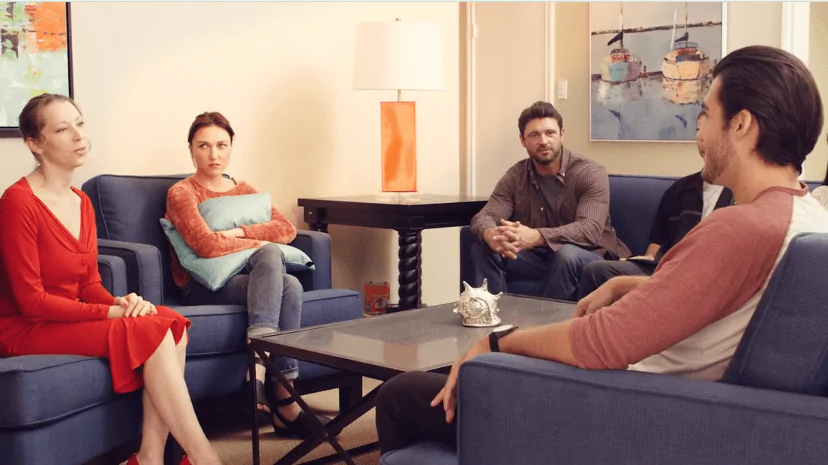24/7 Helpline:
(866) 899-221924/7 Helpline:
(866) 899-2219
Learn more about OCD Treatment centers in Bigfoot
OCD Treatment in Other Cities

Other Categories
Other Insurance Options

Private insurance

Holman Group

Highmark

Humana

Ceridian

Providence

Self-pay options

WellCare Health Plans

Optum

Choice Care Network

Optima

Oxford

Anthem

Excellus

Sutter

BHS | Behavioral Health Systems

Premera

BlueCross

Regence

BlueShield














